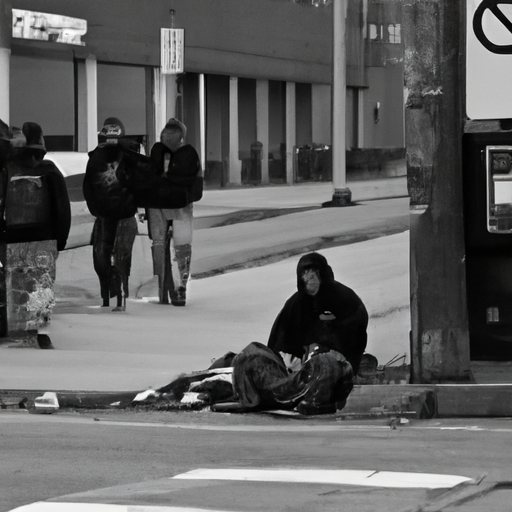The Implications and Solutions of the Opioid Crisis in Canada
The opioid crisis in Canada has increased exponentially in recent years. A clear depiction can be seen from a recent report that discusses the alarming rise in overdose cases, most notably in Windsor, Ontario. This blog post will delve into the effects of this crisis on the community and discuss the concerted efforts currently underway to combat it.
Understanding the gravity of the Opioid crisis
The opioid crisis continues to be a significant public health issue in Canada. An alarming rise in opioid addiction, overdose, and death cases is being reported across the country, with the homeless population being significantly affected. This crisis is leading to increased crime rates and placing a heavy burden on Canada’s healthcare system. The implications of the opioid crisis affect not only individual addicts but also their families and the whole community.
The Impact on the Community
The opioid trend has hit Windsor, Ontario, particularly hard, causing a public health alert after 15 overdoses were reported in a space of a week. Heart-wrenching stories of people dying alone and unnoticed in homeless shelters and automobiles are far too common.
This surge in opioid overdose cases has transformed the city into a high-risk area. Its effects stretch beyond public health, contributing to an increase in criminal activities. With most addicts being homeless, petty crimes such as thefts, breaking and entering, and vehicle break-ins are on the rise, as the individuals suffering from opioid addiction try to fund their habits.
Strategies to Curb the Opioid Crisis
Key stakeholders, including government officials, healthcare professionals, and local communities, are making collective efforts to combat the opioid crisis. These measures include:
- Implementation of the opioid class actions to hold pharmaceutical companies accountable for their roles in the crisis.
- Increased use and distribution of naloxone, an overdose-reversing drug, to prevent overdose deaths.
- Development of treatment and counseling services to help those battling addiction.
- Establishing stronger networks between healthcare providers, social workers, and law enforcement to create a comprehensive approach to the opioid crisis.
An effective strategy is the use of naloxone, known as a lifesaving medication that can quickly restore normal respiration in a person experiencing an opioid overdose. Various establishments, including schools and libraries, are on board with stocking naloxone kits and training staff on how to use them effectively.
Opioid Class action: Holding Big Pharma Accountable
A crucial part of the fight against the opioid crisis includes the opioid class action lawsuits against opioid manufacturers and distributors. These corporations are being held responsible for their deceptive marketing practices, which allegedly downplayed the potential risks of addiction and overdose associated with their opioid products. This legal course is essential in ensuring corporate accountability and forging the path to recovery.
In Conclusion
The opioid crisis in Canada has proven to be a complex issue requiring a multifaceted approach. Highlighting the importance of collaboration between various stakeholders, looking beyond the crisis means embracing a unified front of medical intervention, legal action, and community support.
To truly resolve this issue, we must continue to focus not only on treating the symptoms of addiction but also on tackling the root causes, which include social factors such as poverty, homelessness, and lack of adequate healthcare services. The fight against the opioid crisis is a societal one, that we must all play a part in.
